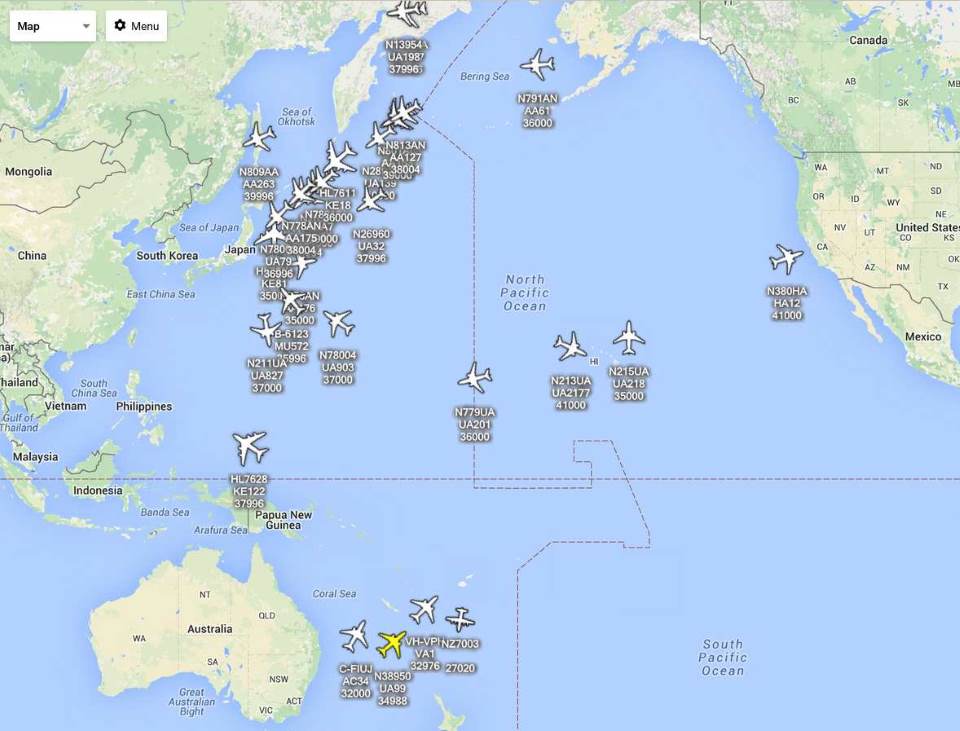

I then start the Planeplotter sharing program, referencing the local IP of my Planeplotter PC:

Then the first instance of modesmixer2 runs to supply the regular dump1090 Beast output on port 30005 (although dump1090 itself is never run): A script in /etc/init.d sequences everything, except Piaware, which syncs up to the setup eventually.įirst the Mode-S Beast switch overrides run in the script, as above. I am using an older Mode-S Beast solution using stock full Raspbian, Piaware, two invocations of modesmixer2, and the PlanePlotter sharing program ppup1090. #To enable 1 bit forward error correction, DIP switch 8 off #To disable 1 bit forward error correction, DIP switch 8 on #To enable RTS handshake, DIP switch 8 on #To disable RTS handshake, DIP switch 8 off #To enable DF-0/4/5 filter, DIP switch 7 on

#To disable DF-0/4/5 filter, DIP switch 7 off #To enable MLAT timestamp, DIP switch 5 on #To disable MLAT timestamp, DIP switch 5 off #To enable DF-11/17 only filter, DIP switch 4 on #To disable DF-11/17 only filter, DIP switch 4 off #To enable Binary output format dip switch 3 on #To enable AVR output format, DIP switch 3 off See the last entry for the Mode A/C software switch: #DIP switch override settings - set by uncommenting selection as per PlanePlotter recommendations I use the following lines in my initialization script to software-override the hardware switch settings, as needed. There are DIP switches in the Beast receiver, one of which disables Mode A/C decoding.


 0 kommentar(er)
0 kommentar(er)
